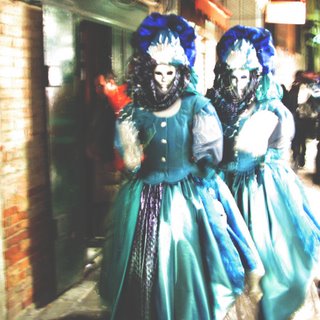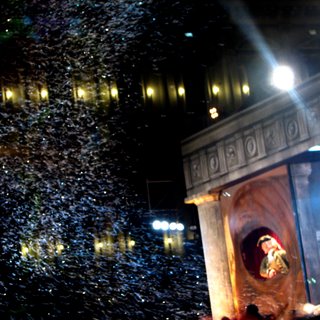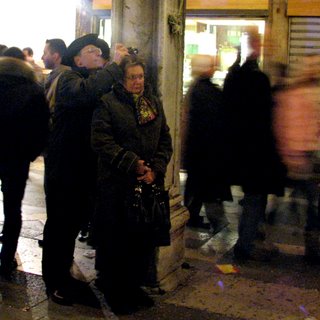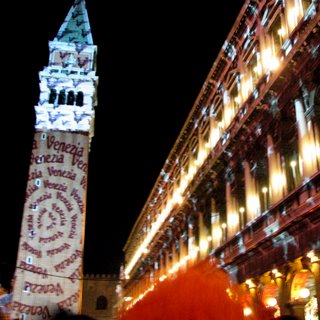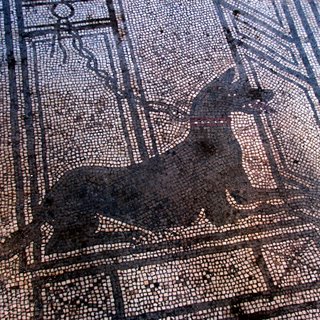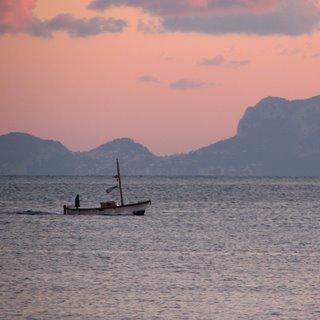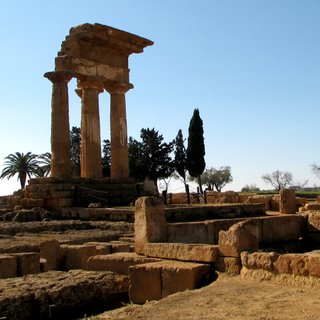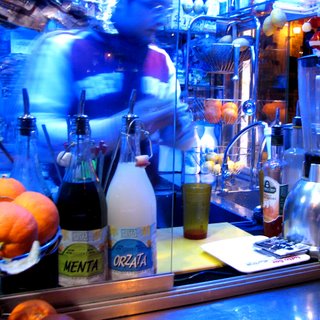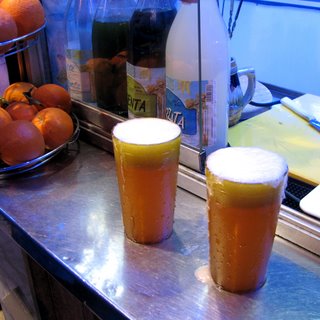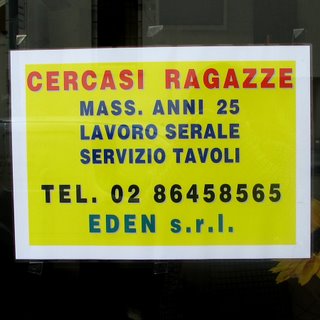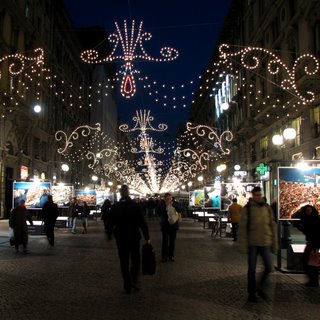
The train system in Italy is excellent by any standard. It is (generally) on time. It is (for the most part) affordable. And it is quite far-reaching. However, after spending a grand total of 6+ hours on the train yesterday I think that both Stefano and I are feeling a little less love for the train today. We just need a little time away - absence makes the heart grow fonder and all.
Ravenna, yesterday's destination, is about 3 hours from Milan. If you take the 7:00am Eurostar from Milan to Bologna, and then the 8:45am regional train from Bologna to Ravenna - you will be in Ravenna at about half past ten in the morning. And what, you might ask, warrants a trek to Ravenna (beyond our quest to see as much of Italy as we can in the time that we have)?
Aside from being one of Italy's small charmers, Ravenna is apparently the "home of the most celebrated mosaics in Western art." I'm quoting directly from 1,000 Places to See Before you Die; A Traveler's Life List. It boasts a gigantic section on Italy and every time we visit a new city we check to see if it, by chance, warranted an official place on the list. I'm happy to report that our little visit to Ravenna allowed us to cross one more destination off of the 1,000.
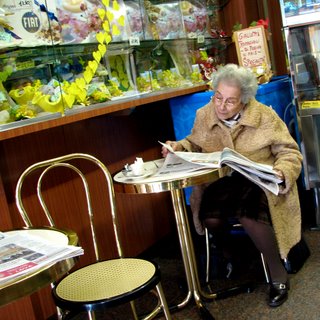
We landed at Ravenna's train station and immediately headed out in quest of coffee and pastry. This is our usual system. We work up an appetite on the train by alternating between cat naps and extreme boredom and then burst into town with a need for caffeine and sugar. We shared a small café with an older lady reading the paper in the corner. We drank coffee while Stefano launched blizzards of powdered sugar off of his brioche and onto his clothes. My Nutella pastry was less messy but no less sweet. And with that recharge we were headed into town.
One of the best things about Italy is the concept of the piazza. The piazza is the town square, the center, the place through which everyone passes and in which everything happens. All roads lead to the piazza and arriving in an Italian town a traveler can simply follow the flow into the main piazza. No map needed. It's a beautiful thing.
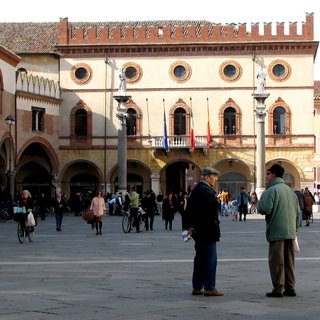
These piazzas are always filled with people milling about chatting, drinking coffee at small tables, passing through. They are filled with bicycles and babies and dogs. Fountains and columns and people holding hands. They are wonderful slices of life and immediately project the personality of the place into the public sphere. Ravenna's Piazza del Popolo is no different and in the course of the day featured a wedding (arborio rice being thrown at the bride and groom), a presentation by the local ambulance crew (clad in their neon orange uniforms), and a host of people just living their lives.
From the piazza we headed in search of mosaics. The mosaics for which Ravenna is known are found in various locations - each location putting up a good fight in the battle for the most unassuming exterior. However, it's the luxuriously decorated interiors of these 5th and 6th century structures that are astounding. Absolutely astounding.

Craning your head back in the Basilica di San Vitale, which was completed in 548 AD and was the inspiration for the Hagia Sofia built 10 years later in Constantinople, gives an extraordinary view. The mosaics are stunning and beautiful vistas that sparkle with color and light. It's very difficult to understand how 1,500 year old flecks of marble and stone can add up to these incredible scenes so many years later. I am by no means a mosaic expert but I will say that these mosaics are beyond pretty. And that anyone putting these things together 1,500 years ago had to have been some kind of genius. The turquoise color alone is well worth the visit.
(P.S. I think we also found the name of our future dog among the mosaics. Now to the small matter of figuring out which kind of puppy our allergic Stefano just might be able to tolerate.)
A short walk away is the Mausoleo di Galla Placidia, a small 5th century mausoleum said to house the tomb of Galla Placidia, sister of Rome's last emperor. It's small and dark and the light that does filter in through the alabaster-slabbed windows catches the mosaics, making them twinkle. The vaulted ceiling is covered in stars and the walls feature everything from flying cows to celestial visions. Again, the age of the place and the marvelous condition it's in is simply overwhelming.

The Battistero Neoniano (5th century) and the Basilica di San Apollinare Nuovo (6th century) are also covered in mosaics. It's best to just take a seat (if one is available) and let your eyes wander over the intricate designs. You start to think about the history here. About how Ravenna was the western capital of the Byzantine empire for 200 years. How it had also been a capital of eastern Rome during its fall. Sitting in that place, 1,500 years later, looking at tiny bits of stone stuck to an ancient ceiling, you start to think of how very new the United States is. And how amazing it is to be in a place that's so very old.
Dante's tomb is also in Ravenna and let me warn you - the tomb, like half of Italy, is currently under renovation. So while we can say we were within five feet of Dante's grave, we cannot say that we saw it. It's behind obligatory construction netting, like half of Italy, and we were not permitted even a glimpse.

We ate in an excellent osteria and I had one of the finest glasses of wine I've had in this country. In our wanderings we managed to find milkshakes (hallelujah!) and an excellent rosemary piadina -- an unleavened bread that is unique to this area. We also stumbled across the salted dark chocolate that we have been looking for since first tasting it almost a year ago at the Torino chocolate fest. Turns out it's produced in this region and so by wandering into a random sweetshop we were able to be reunited with our long lost chocolate love.

Special mention should also be made that Ravenna is a bicycle town. There are strips of light stone running down the centers of the pedestrian streets and this is where the bikes roam. There are entire families, and older folks, and ladies in high heels. There are baskets filled with flowers, with grocery shopping, with dogs. People are smoking cigarettes, talking on cell phones, ringing their bells at the walkers they're about to run into. But no one ever runs into anyone. And little kids wield their balloon swords while Mom peddles and grandmas wear their fur coats magically keeping them out of the gears. And life surges on. A life found only in Italian streets. And Italian piazzas.
Ravenna was wonderful for its mosaics but it was more wonderful for its people. Its flavor. And its piazza. There's just something about a piazza...



